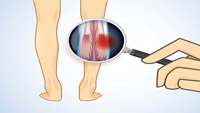Japanese team creates human oogonia using human stem cells in artificial mouse ovaries
A team of researchers with members from several institutions in Japan has successfully generated human oogonia inside of artificial mouse ovaries using human stem cells. In their paper published in the journal Science, the group describes their work and their plans for the future.
Researchers identify human skeletal stem cells
Human skeletal stem cells that become bone, cartilage, or stroma cells have been isolated from fetal and adult bones. This is the first time that skeletal stem cells, which had been observed in rodent models, have been identified in humans. The researchers were also able to derive the skeletal stem cells from human induced pluripotent stem cells, opening up new therapeutic possibilities. The discovery appears September 20 in the journal Cell.
Scientists grow human esophagus in lab
This confocal microscopic image shows a two-month-old human esophageal organoid bioengineered by scientists from pluripotent stem cells. About 700 micrometers (0.027 inches) in size, the organoid is stained to visualize key structural …more
Creating custom brains from the ground up
Scientists studying how genetics impact brain disease have long sought a better experimental model. Cultures of genetically-modified cell lines can reveal some clues to how certain genes influence the development of psychiatric disorders and brain cancers. But such models cannot offer the true-to-form look at brain function that can be provided by genetically-modified mice.
Diversity in the brain—how millions of neurons become unique
How is it possible that so many different and highly specific neuron types arise in the brain? A mathematical model developed by researchers from the University of Basels Biozentrum demonstrates that different variants of genes enable such a random diversity.
UW-Madison Researchers Develop Electric Bandage To Accelerate Healing
Bandages that promote quicker healing by harnessing the bodys own energy may sound like science fiction, but researchers at the University of Wisconsin-Madison have recently developed just that.
Researchers Regrow Hair on Wounded Skin
By stirring crosstalk among skin cells that form the roots of hair, researchers report they have regrown hair strands on damaged skin. The findings better explain why hair does not normally grow on wounded skin, and may help in the search for better drugs to restore hair growth, say the study’s authors.
Cells beneath the skin explain differences in healing
Differences in the cells that give skin its resilience and strength during wound repair may explain why individuals heal differently, according to a new Yale study published Nov. 23 in the journal Science.
Nobel laureates: Despite progress, cancer wont be wiped out
The winners of this years Nobel Prize for Medicine say they expect substantial advances toward treating cancer in the next several decades, although it is unlikely the disease could be eradicated.
Novartis says SMA gene therapy is cost-effective at $4-5 mln per patient
Swiss drugmaker Novartis, which is shifting into rare diseases, said on Monday it believes its new gene therapy for the deadly disease spinal muscular atrophy could be cost-effective to healthcare systems at $4 million to $5 million per patient.



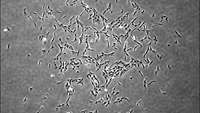
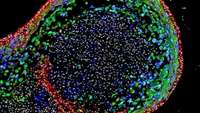
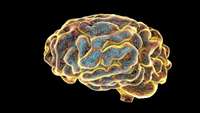
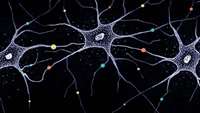
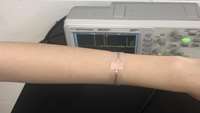
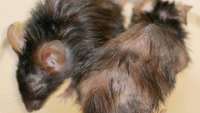
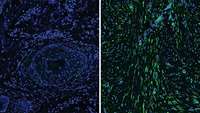
_117465.jpg)
